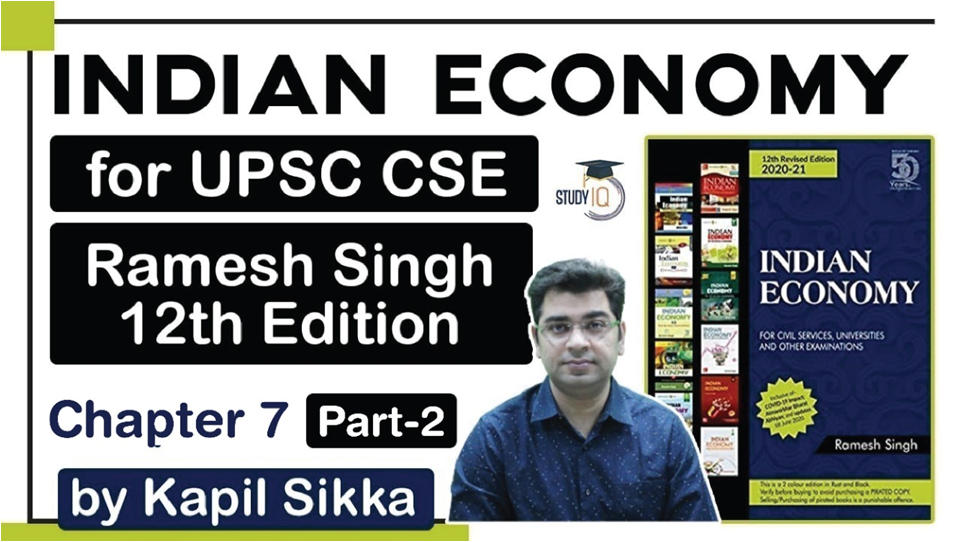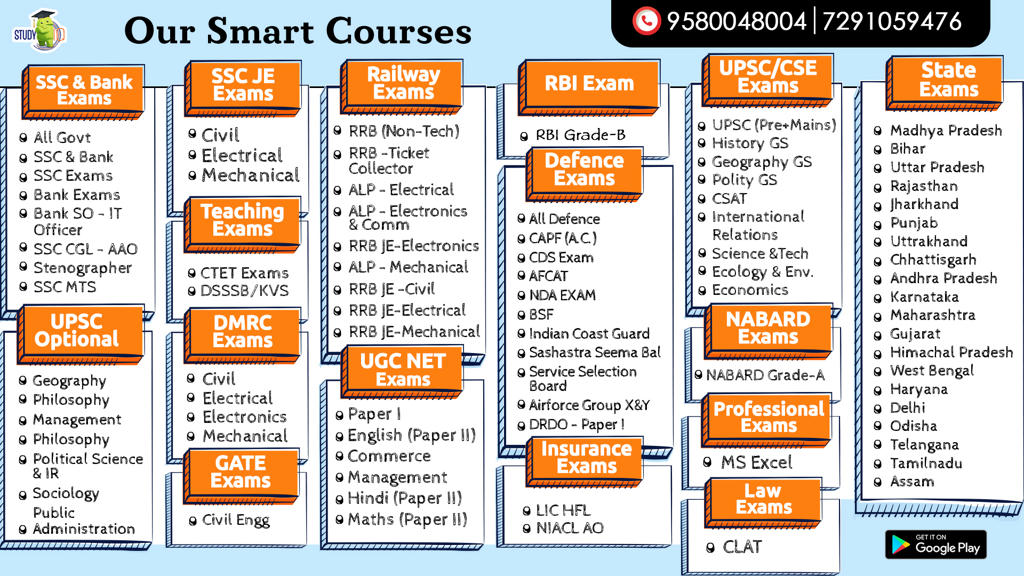Table of Contents
How to check Inflation
- Demand Side: Austerity Drives, Monetary Tightening
- Supply Side: Increase in Production/ Imports to meet demands
How to Measure Inflation
- Most commonly used inflation indexes are the Consumer Price Index (CPI) and the Wholesale Price Index (WPI).
- Others are Purchasing Price Index & Base Effect
WPI
- Since 1942
- widely used inflation indicator in India.
- Published by the Office of Economic Adviser, Ministry of Commerce and Industry.
- All transactions at the first point of bulk sale in the domestic market are included.
- Major criticism for this index is that the general public does not buy products at wholesale price.
- The base year of All-India WPI has been revised from 2004-05 to 2011-12 in 2017.
- The prices used for compilation do not include indirect taxes
Components
- The biggest basket is Manufactured Goods.
- It spans across a variety of manufactured products such as Textiles, Apparels, Paper, Chemicals, Plastic, Cement, Metals.
- Manufactured Goods basket also includes manufactured food products such as Sugar, Tobacco Products, Vegetable and Animal Oils, and Fats.
Components
- Primary articles is a major component of WPI, further subdivided into Food Articles and Non-Food Articles.
- Food Articles include items such as Cereals, Paddy,
Wheat, Pulses, Vegetables, Fruits, Milk, Eggs, Meat & Fish, etc. - Non-Food Articles include Oil Seeds, Minerals and Crude Petroleum
Components
- The next major basket in WPI is Fuel & Power, which tracks price movements in Petrol, Diesel and LPG
WPI Food Index
- WPI has a sub-index called WPI Food Index,
- which is a combination of the Food Articles from the Primary Articles basket, and the
- Food products from the Manufactured Products basket.
CPI
- It measures price changes from the perspective of a retail buyer.
- It measures changes over time in the level of retail prices of selected goods and services on which consumers of a defined group spend their incomes.

CPI
- Inflation at consumer level
- CPI (IW): Used for pay revisions
- CPI (UNME) Urban non manual employees- Employees of Foreign Companies, used for capital gains purpose (Discontinued from 2011)
- CPI (AL) – Agri Labour : Basket majorly comprises of Food
- CPI (RL)- Rural Labour (earlier dropped then revived again)
New CPI
- CPI (Rural)
- CPI (Urban)
- CPI (R) + (U) = CPI (Combined)
- CPI(C) = Monthly Basis, tracked by RBI (Since 2015)



GDP Deflator
- The GDP deflator, also called implicit price deflator, is a measure of inflation.
- It is the ratio of the value of goods and services an economy produces in a particular year at current prices to that of prices that prevailed during the base year.
- Since the deflator covers the entire range of goods and services produced in the economy — as against the limited commodity baskets for the wholesale or consumer price indices — it is seen as a more comprehensive measure of inflation.
- GDP price deflator measures the difference between real GDP and nominal GDP.
Base Effect
- It refers to the impact of the rise in price level (i.e., last year’s inflation) in the previous year over the corresponding rise in price levels in the current year (i.e., current inflation).
- If the price index had risen at a high rate in the corresponding period of the previous year, leading to a high inflation rate, the current year will lead to a relatively lower inflation rates
Inflation in India
- Wholesale Price Index
- Consumer Price Index
Inflation Targeting in India
- Done by Central Bank of Country
- Policies are adopted keeping in mind the liquidity requirements
Agreement on Monetary Policy Framework
- The RBI will be responsible for containing inflation targets at 4% (with a standard deviation of 2%) in the medium term
- The central bank will be deemed to have missed its target if consumer inflation is at more than 6 percent or at less than 2 percent for three consecutive quarters starting in the 2015/16 fiscal year.
Agreement on Monetary Policy Framework
- If the central bank misses the inflation target,
- it will send a report to the government citing reasons and remedial actions.
- The central bank will also need to give an estimated time-period within which it expects to return to the target level
- Healthy range of Inflation 2-6%
- Every six months, the RBI to publish a document explaining:
- Source of inflation;
- Forecasts of inflation (6-18 Months)
- In case of Failure RBI has to give
- remedial actions proposed to be taken by the RBI; and
- an estimate of the time-period within which the target would be achieved pursuant to timely implementation of proposed remedial actions.
Various Committees
- Chakrvarty Committee : 4% is normal
- GoI (1997-98): 4-6%
- Tarapore Committee: 3-5% by 2000
Producer Price Index
- Ramesh Chand working group Set up
- to revise the current series of Wholesale Price Index (WPI) with
- base 2011-12 and devise a new Producer Price Index (PPI).

Housing Price Index
- RESIDEX is a housing price index (HPI) formulated and developed by the National Housing Bank, a wholly owned subsidiary of the GoI
- RESIDEX currently measures price change in residential housing across 50 cities in India and is slated to capture data from over 100 cities, including all state capitals and ‘smart cities’.
Housing Price Index
- RESIDEX will not only help guide decisions within the sectors of real estate and real-estate finance,
- But will also enable more accurate tracking of national and regional economic performance.
Service Price Index
- Tertiary Sector contribution
- OECD-Eurosat Report of 2005
Indian Economy | Free PDF
























 WhatsApp
WhatsApp